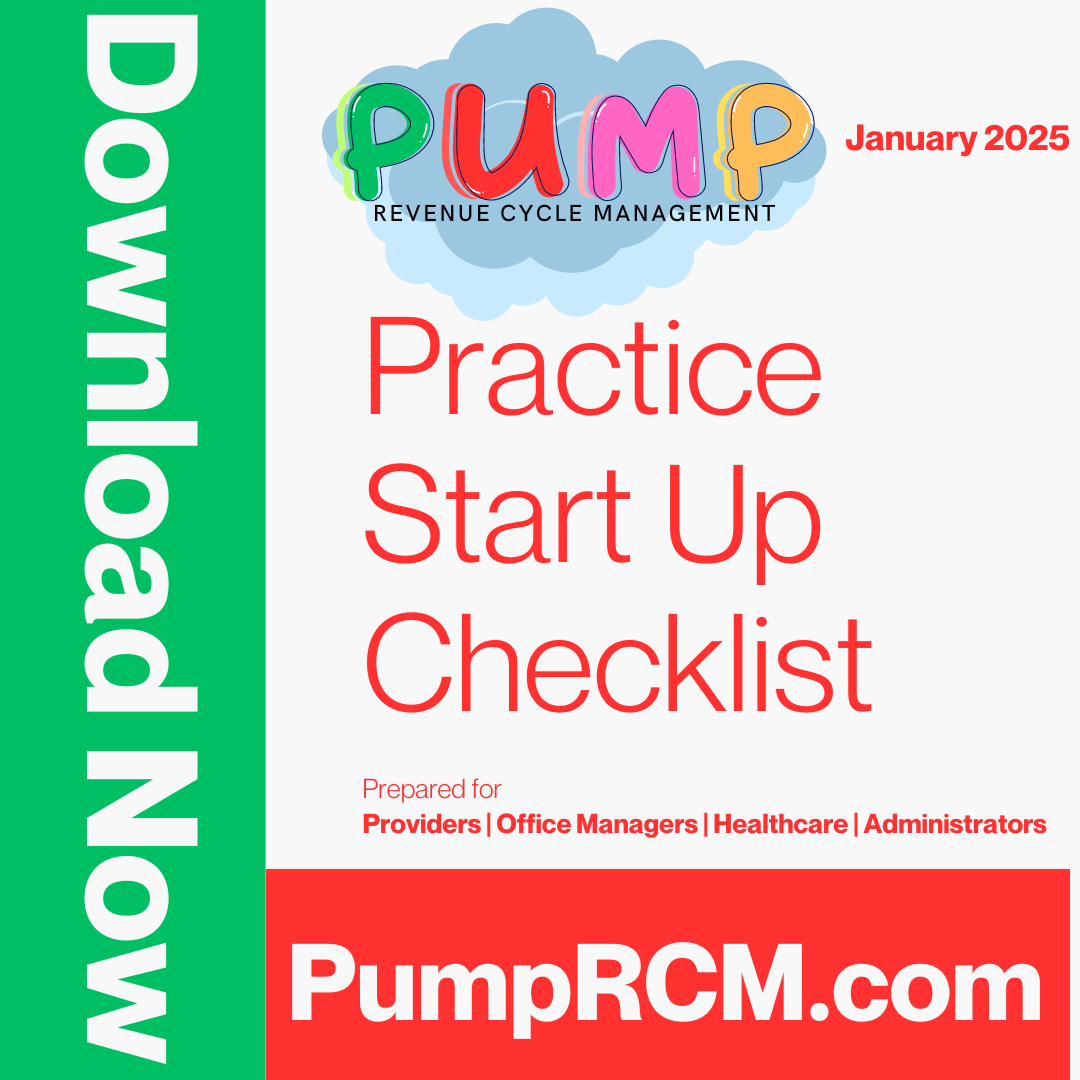Exactly How Healthcare RCM Solutions Streamline Payment and Collections
Wiki Article
A Comprehensive Overview on Exactly How Medical Care RCM Works to Enhance Billing and Collections
Browsing the intricacies of health care earnings cycle administration (RCM) is important for suppliers aiming to enhance their billing and collections processes. The overview unloads the ins and outs of RCM, from individual registration to accounts receivable management, using insights right into enhancing each step.Comprehending Revenue Cycle Monitoring
RCM is a critical administrative feature that encompasses the whole monetary process of individual care, from the preliminary visit establishing to the last payment of the balance. It is an intricate treatment made to determine, accumulate, and manage the earnings from the solutions provided to individuals.The RCM procedure starts when a person routines a visit and prolongs via the client's care trip, consisting of payment and collections. A key goal is to minimize the time between getting and providing a solution payment, thus enhancing the organization's financial health and wellness. RCM involves different features such as patient enrollment, insurance confirmation, charge capture, coding, declares entry, payment uploading, and handling denials and allures.
Secret Components of RCM
In the realm of Profits Cycle Management (RCM), comprehending its crucial parts is essential to achieving financial efficiency within medical care organizations. RCM is an extensive process that incorporates different stages, each essential to making sure effective billing and collections. The main parts include individual registration, insurance policy verification, charge capture, coding, case submission, settlement uploading, and accounts receivable monitoring.

Once coded, cases are sent to payers, where precision is extremely important to prevent delays or rejections - Healthcare RCM. Settlement publishing entails taping the obtained payments, which permits the settlement of accounts. Last but not least, balance dues administration focuses on tracking and dealing with unpaid cases, making sure prompt follow-up and resolution
Each component of RCM is adjoined, and inefficiencies in any component can interrupt the whole cycle. Therefore, mastering these aspects is crucial for medical care providers to optimize revenue and boost their financial health.
Techniques for Reliable Invoicing

Systematizing payment procedures across the organization is another vital approach. Developing clear standards for documentation, coding, and entry aids maintain consistency and conformity with governing demands. Educating team regularly on these treatments makes sure everybody is up-to-date with the most up to date changes in billing codes and payer plans.
Exact charge capture is important in preventing income leakage. Implementing normal audits and tracking systems permits the identification and improvement of discrepancies before they influence profits. Additionally, maintaining open lines of interaction with payers helps to promptly fix any disagreements or misconceptions that may arise.

Lastly, interesting patients early in the payment process by providing clear quotes and educational products about their financial responsibilities can significantly lower complication and boost payment timeliness. These strategies jointly add to a more effective and economically healthy and balanced payment system.
Enhancing Collections Processes
Offered the complexities of clinical billing and the variety of payer needs, boosting the collections process entails carrying out strategic steps that make sure timely and precise repayment of services rendered. Automation devices can help in tracking claim standings, sending prompt tips to patients, and managing rejections extra effectively.Educating team to comprehend the subtleties of insurance coverage and billing codes is just as crucial. This expertise empowers them to address payment inconsistencies swiftly and connect successfully with clients regarding their monetary duties. Additionally, clear and transparent patient interactions are crucial. Giving detailed explanations view it now of fees and offering versatile repayment strategies can enhance individual contentment and prompt repayments.
Regular audits of the collections procedure must be carried out to determine areas for enhancement and make certain conformity with laws. By examining information, medical care organizations can identify patterns, expect prospective concerns, and adjust strategies accordingly (Healthcare RCM). Inevitably, a well-enhanced collections process not just sustains monetary health and wellness but also adds to an extra seamless experience for people and team alike
Optimizing Revenue Streams
Building upon the structure of a strong collections procedure, health care organizations can further strengthen their financial stability by strategically maximizing profits streams. This entails a multi-faceted strategy, beginning with a detailed analysis of existing income resources to recognize inadequacies and locations for development. Using sophisticated data analytics devices allows organizations to get understandings right into payer mix, client demographics, and solution utilization patterns, enabling data-driven choices that enhance profits capture.Carrying out automated billing systems can significantly minimize mistakes and speed up cases processing, guaranteeing that profits is accumulated more effectively. Moreover, optimizing payer agreements via regular negotiations can boost reimbursement prices and terms, straight affecting the lower line. Expanding solution offerings, such as including telehealth or health care, can additionally bring in a more comprehensive individual base, hence increasing income capacity.
Another important part is boosting individual interaction and complete satisfaction, as satisfied patients are most likely to stick to treatment plans and make timely settlements. Providing versatile payment options and clear invoicing methods can enhance collections and foster patient commitment. Healthcare RCM. By taking on these strategies, health care organizations can produce a more resilient monetary framework, guaranteeing sustained development and security in an ever-changing sector landscape
Verdict
In verdict, medical care Earnings Cycle Monitoring (RCM) plays a critical duty in enhancing payment and collections processes by integrating vital components such as person registration, go to this website insurance coverage confirmation, cost capture, coding, claims submission, and accounts receivable management. By using sophisticated modern technology, systematizing procedures, and cultivating individual engagement, doctor can dramatically decrease claim denials, speed up repayment cycles, and boost money circulation. This detailed technique to RCM ultimately causes improved financial performance and sustainability for healthcare companies.The RCM procedure starts when a patient go to this web-site routines a consultation and extends through the individual's treatment journey, consisting of billing and collections.An additional vital part is improving patient interaction and satisfaction, as satisfied people are much more likely to adhere to therapy plans and make timely repayments. Providing flexible payment choices and clear payment practices can enhance collections and foster individual loyalty.In conclusion, healthcare Income Cycle Administration (RCM) plays a crucial function in enhancing invoicing and collections procedures by incorporating essential components such as client registration, insurance coverage verification, fee capture, coding, claims submission, and accounts receivable administration. By utilizing advanced technology, systematizing treatments, and cultivating individual engagement, medical care carriers can dramatically reduce claim rejections, speed up repayment cycles, and boost cash money circulation.
Report this wiki page